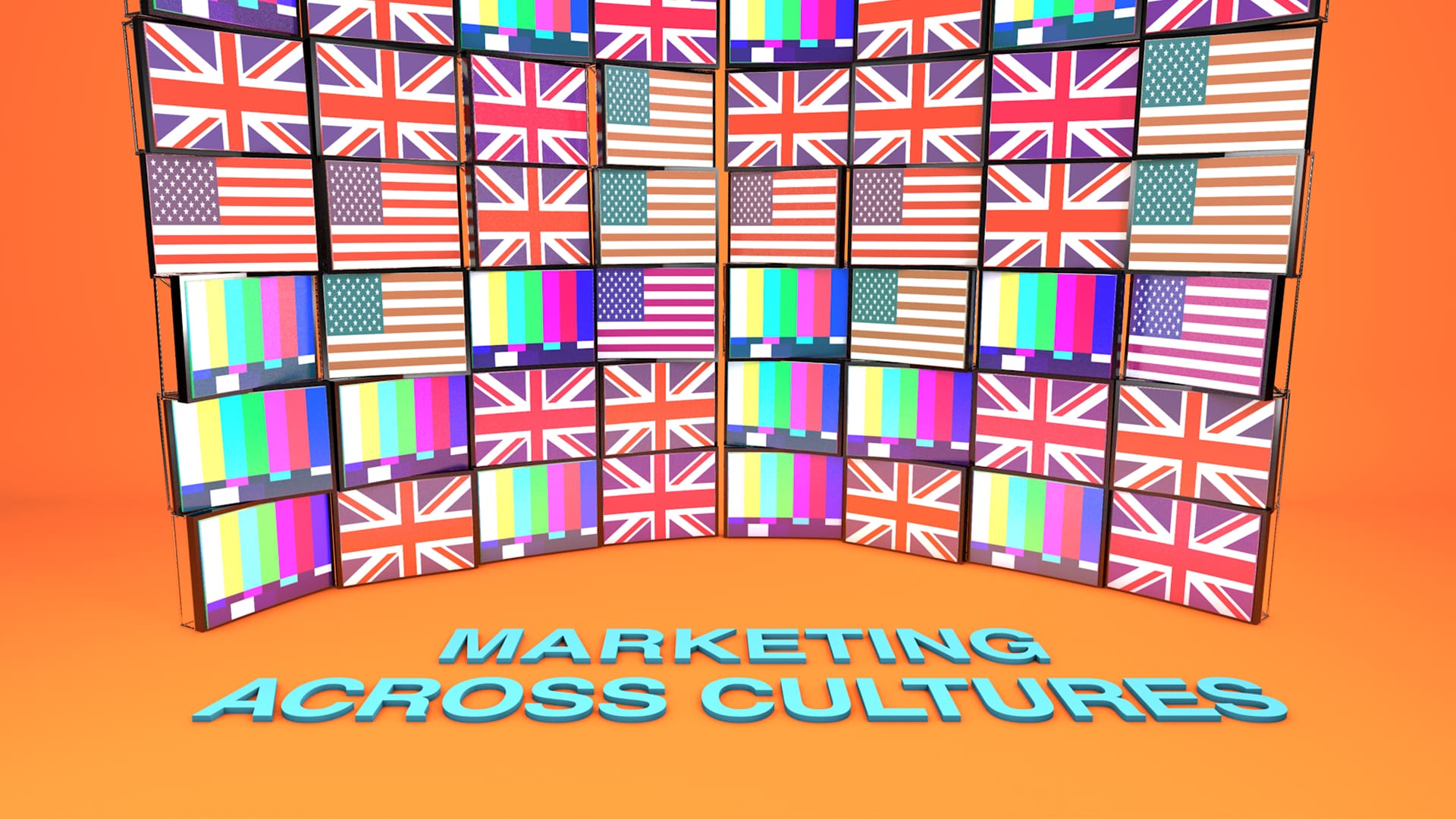Last week in Part I, we discussed how the tone and sense of humour in your adverts might not translate between the UK and the US. Now et’s chat about the stylistic and timing differences between American and British adverts. Part III, which covers legality & artistic differences, can be found here.
Messaging
For the most part, American adverts are self-contained: they don’t often have pop culture or entertainment references that require much outside knowledge to understand, and if they do, it’s usually pretty ubiquitous things like a well-known film tie-in. British adverts, on the other hand, challenge the audience more frequently, often featuring in-jokes and nods to the audience’s knowledge. Jeremy Clarkson in the Amazon Fire TV adverts in 2015 are a good example of this, requiring the audience to first know who he was, then also to know he had been sacked from Top Gear 6 months previously, and to know that he had a then-unknown Amazon project coming out the following year- even the BBC mention (or rather, lack thereof) requires outside knowledge to understand the humour.
Similarly, Irn-Bru’s wildly viral Snowman advert, based on the animated 1982 short film, requires the viewer to know the original film (as well as its relevance as a cultural touchstone). This type of advert can be effective because it makes the audience feel that they’re being spoken to directly, as part of the ‘in’ crowd. But it also has the unfortunate side effect of completely alienating anyone who doesn’t get the joke.
This ability to assume knowledge on the part of the audience is another side effect of having a smaller and more homogenised population. With nearly 90% of the UK’s population being white and the entire nation comprising an area approximately the same size as one US state, the degree of cultural homogeneity is much higher than in the US, which in turn allows a greater degree of freedom to assume an amount of similar knowledge among the populace. Compare the adverts above to this American one, where the only thing you need to know is that animals doing people things are nearly always hilarious.
Seasonality
Here in the UK, marketers work year-round on festive adverts for the Christmas period- from the aforementioned Irn-Bru snowman advert on the cheeky side to the emotional John Lewis adverts like Buster the Trampoline-Jumping Boxer that the whole of Britain looks forward to every November, Christmas adverts are a key part of the UK marketing calendar. But over in the US, Christmas adverts- which would be called holiday ads- aren’t nearly as popular.
If the presence of homogeneity here in the UK is what allows for brands to treat their audiences as though they’re already in on the joke, the lack of a homogenous audience in the US is what precludes Christmas adverts in the US: up to 17% of the US does not celebrate Christmas, and the presence of Black Friday and Cyber Monday in the month leading up to Christmas ensures Christmastime sales don’t suffer even if adverts aren’t customised to the festive season. In addition, the average American uses the term ‘Happy Holidays’, not ‘Merry Christmas’ during the festive period, which serves to make ‘Christmas’-focussed adverts even more jarring.
Don’t get me wrong, some American brands still create Christmas-specific adverts.
Folgers coffee ran the same one for over 17 years (see below), only swapping it out for an updated version of the same message after nearly two decades, and Coca-Cola’s heart-warming adverts are a perennial favourite with their own set of Christmas ornaments, stuffed animals and more. The majority of American brands, though, simply don’t focus on creating customised adverts for Christmas, because of a lack of cultural necessity to do so… and also because just a month after Christmas is the Super Bowl.
To understand how important the Super Bowl adverts are, it’s first necessary to understand the Super Bowl itself: so many people watch it that game day is the second-largest day for food consumption in the US after Thanksgiving (Christmas places a distant third and Easter, by most accounts, doesn’t even rank in the top 5), and the advert spaces during the game are the most expensive in the US. With an average cost of over $5m and climbing each year (and the most expensive one ever ringing it at an eye-watering $12m), a brand’s presence at the Super Bowl requires a massive cash outlay.
But where festive adverts in Britain can be tied directly to increased Christmas sales, Super Bowl adverts are known throughout the industry not to increase sales. So why do brands invest? Recognition. In a society as large as the US, getting your message in front of literally half the population (over 100 million people!) in one 30-second timespan is worth the investment for a national brand, so each year the bidding war- and its stakes- increase.
https://www.youtube.com/watch?v=SKL254Y_jtc
Looking for advice on how to make your adverts reach your target audience in a better, more efficient manner? Contact us today!



